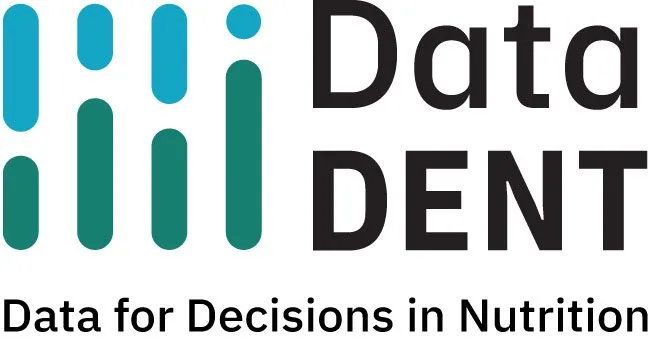Preprint Article | https://doi.org/10.12688/verixiv.754.1
Date of Publication | March 2025
Abstract
Introduction: Despite global commitments to eliminate malnutrition, over half of the world’s population remains affected. Multi-sectoral nutrition interventions targeting both proximate and distal causes of malnutrition are essential across the lifespan. However, current data collection methods lack comprehensive coverage measures, leading to potential inaccuracies in assessing and tracking intervention progress.
Objective: The One Nutrition Coverage Survey (ONCS) aims to develop and test new methods for measuring coverage of multi-sectoral nutrition interventions, assess equity in coverage, and provide guidance on integrating these measures into large-scale household surveys.
Methods and analysis: The ONCS will be a cross-sectional, district-representative household survey conducted in four divisions of Bangladesh (Rangpur, Sylhet, Dhaka, and Khulna), selected for their geographic spread and urban-rural balance. A stratified multi-stage sampling approach will be used to select enumeration areas (EAs), and a total of approximately 3280 households randomly selected within each EA will be included in the survey. The survey will interview women of reproductive age (15-49 years), children (0-9 years), adolescents (10-19 years), and pregnant women, collecting data on multi-sectoral nutrition interventions relevant to these groups. It will use both existing and new measures, while also capturing monetary and non-monetary costs for survey implementation. Data will be analyzed to assess coverage, co-coverage, and equity by socio-demographic characteristics, as well as the feasibility, accuracy, and costs of the survey approach.
Discussion: This study will produce new tools, methods, and evidence for multi-sectoral nutrition intervention coverage measurement, which may be applied in other low-middle-income countries and globally. Learnings from the ONCS will support high-quality coverage data collection on multi-sectoral nutrition interventions aligned with national strategies, helping governments improve coverage assessments, inform evidence-based decision-making, and strengthen program monitoring.

